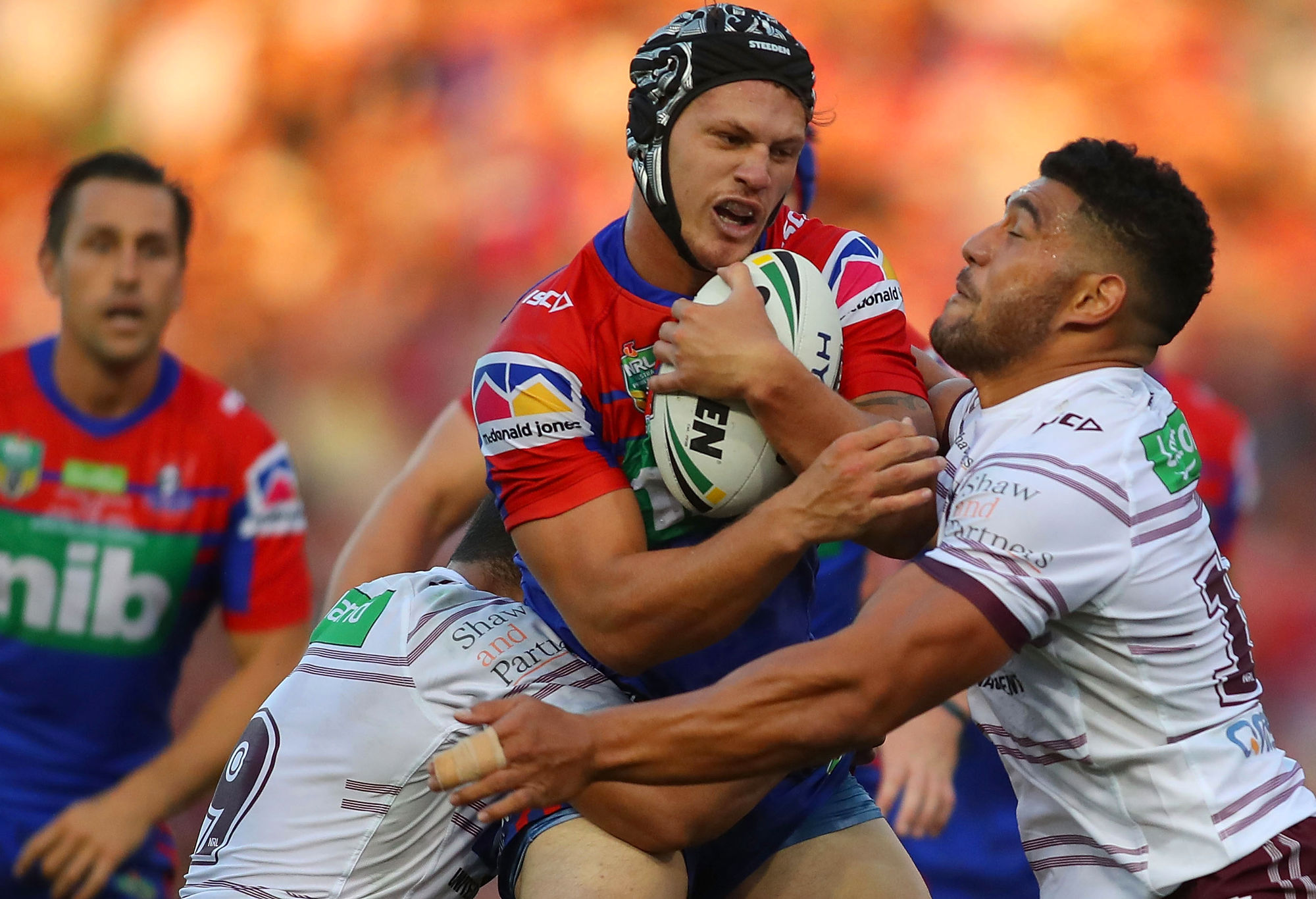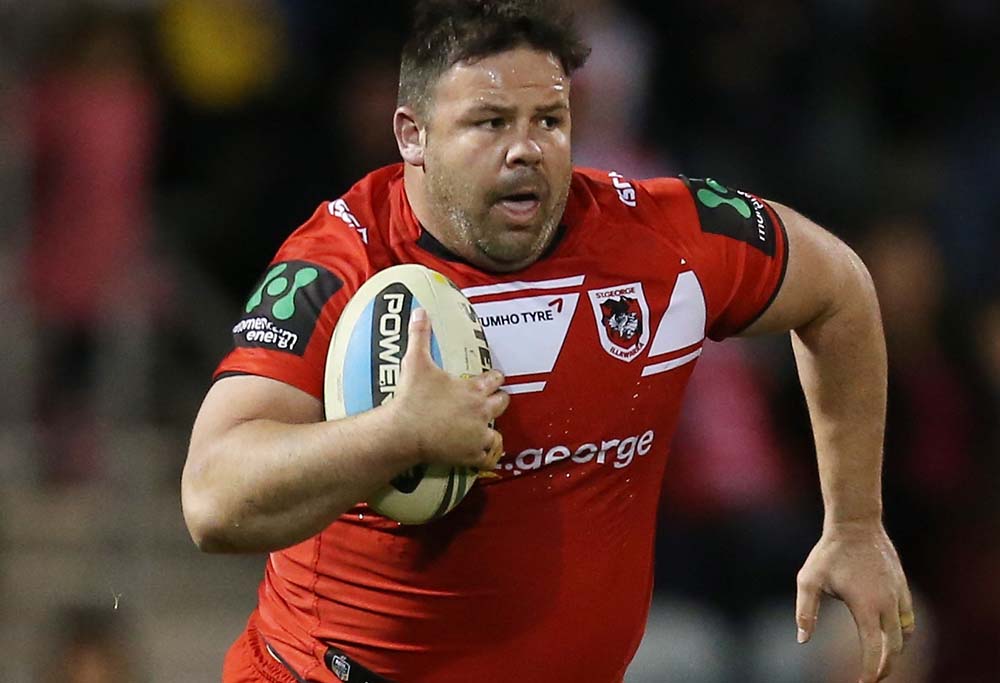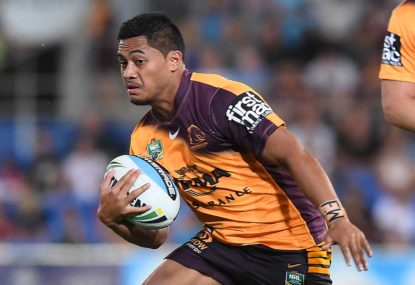Last week it was revealed that the NRL was considering reducing the number of interchanges from eight to six, so as to combat the game’s growing injury toll.
Serious injuries have reportedly increased this season, with 12 players suffering injuries which will keep them on the sidelines for extended periods, compared to just nine last year in the same period.
Speaking on NRL 360 last week, Paul Kent said in 2015, when ten interchanges were available, players missed 1018 games due to injury. In 2017, with eight interchanges, that number had dropped to 813.
Kent’s assumption was that “by taking continually fresh players out of the game, the game slows down and some of the high-impact injuries we’re seeing are not as prevalent”.
If the NRL is making this decision to prevent injury and we have empirical evidence that a reduction in interchanges will assist, then I completely understand, because player safety is of the utmost importance.
But ever since this potential change was floated, I’ve been baffled by suggestions that a reduction in interchanges will apparently bring back the ‘little man’.
I often hear that the way rugby league has developed means there is no longer a place for the little man.
Apparently this cry never reached the likes of Bevan French, Kayln Ponga, Anthony Milford or Damien Cook, who have been standouts this year, and who I would also class as ‘little’.

The little men of the past were often hookers that played off the bench, like PJ Marsh. If a decision is made to reduce interchanges, I’m not sure how this would help to bring back the little man. If anything, the majority of substitutions would be used by coaches to rotate their middle forwards with an additional player on the bench, most likely a utility, to cover in case of injury.
Surely that woud lead to fewer little men?
Additionally, a change to the interchange rules will not stall athlete development, which happens naturally. Players are bigger, stronger and have longer careers now than ten years ago. Reducing interchanges is not going to change this and nor should it.
As to suggestions fewer interchanges will bring fatigue back into the game which will reduce wrestling, third-man in and laying on opposition players – will it?
If players are more fatigued, they have less energy to wrestle and to make additional tackles, particularly as the third person in, but there are other considerations too.
In the past, my favourite cult figures in footy were the large forwards who would come off the bench for very short stints, like George Rose and Mark Tookey.

But these players are less prevalent now. Andrew Fifita played 60 minutes for the Cronulla Sharks on the weekend and Jason Taumololo is also capable of playing big minutes without being impacted by the levels of ‘fatigue’ which media commentators seem concerned about.
There have been some references to athletes who play for short periods and become robots. I’m struggling to come up with a list of these players and in fact, I would say that there has been a movement away from robotic footy to teams like the Storm and Warriors, who have been successful playing unstructured football.
With so many ex-players in commentary, there seems to be a desire among them to return the game to what it was like ‘back in their day’. But nostalgia often leads to people remembering the positives, while glossing over the negatives.
There are plenty of aspects worth looking at and improving, but I’ve enjoyed this year’s competition more than last year’s (and that’s even with my team sitting at the bottom of the ladder). Our game is definitely more entertaining, skilful and athletic than ten years ago, which I love.
This year in particular, I’ve appreciated the crackdown on penalties, welcomed the increase in sin bins and, most of all, the increase in points being scored from within a team’s 20-metre zone, which are partly due to these crackdowns when teams are defending their line.
The people in positions of influence in the media seem intent on calling crisis after crisis after crisis and insisting that the game is challenging to watch or suggesting fixes.
But while we should always strive to be better, I’m absolutely loving the footy this year. I don’t think a reduction in interchanges is going to revolutionise the way our coaches coach or the type of athlete our game appeals to.
As for bringing back the little guy, there’s absolutely no need to. Because he never ever left.































































































